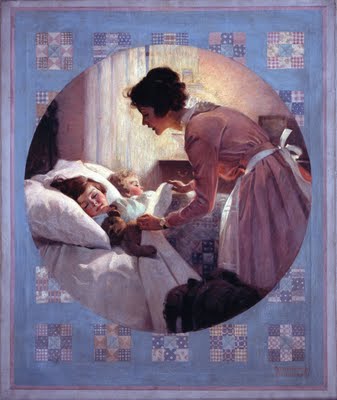 Photograph by Edward Steichen, 1911
Photograph by Edward Steichen, 1911
Monument to Balzac is a sculpture by Auguste Rodin in memory of the French novelist Honoré de Balzac. According to Rodin, the sculpture aims to portray the writer’s persona rather than a physical likeness. The work was commissioned in 1891 by the Société des Gens de Lettres, a full-size plaster model was displayed in 1898 at a Salon in Champ de Mars. After coming under criticism the model was rejected by the société and Rodin moved it to his home in Meudon. On July 2, 1939 (22 years after the sculptor’s death) the model was cast in bronze for the first time and placed on the Boulevard du Montparnasse at the intersection with Boulevard Raspail.
The Société des Gens de Lettres (Paris, France) considered four different artists for the sculptural work before it was given to Rodin. The first was French neoclassical artist Henri Chapu, however, Chapu died in 1891 before the work could be finalized. Marquet de Vasselot was the next artist considered for the sculpture and provided a bust of the writer for the Societé. At the same time artists Millet and Coutan also applied for the commission.
Rodin was not initially considered for the work because at that point in time, around 1885, his career had not become as prominent. After the death of Chapu, the recently elected president of the Societé, Émile Zola strongly supported Rodin for the job and, so, the artist submitted a proposal to have a completed three-meter statue of the French novelist within an eighteen-month period which was approved.
The commission was in response to the elevated importance of Honoré de Balzac after his death. Balzac was one of the founders of the Societé as well as the second president of the organization. Upon his death in 1850 interest in creating a statue to commemorate the writer quickly developed under the leadership of Alexandre Dumas, père.
In 1894, the Societé threatened to step in legally with the commission, turn the job over to artist Alexandre Falguière and take away Rodin’s payment. Yet Rodin continued to ask for extensions on time making over fifty studies and continuously distanced himself from a true physical portrayal, tending towards a more psychological representation. The artist became infatuated with capturing the essence of the author’s strength. In a message to writer Charles Chincholle in May, 1898, Rodin explained his artistic pursuit:
“The only thing I realize today is that the neck is too strong. I thought I had to enlarge it because according to me, modern sculpture must exaggerate the forms form the moral point of view. Through the exaggerated neck I wanted to represent strength I realize that the execution exceeded the idea.”
Finally in 1898, Rodin presented a plaster study of the Balzac statue in the Salon de la Société Nationale des Beaux-Arts. The sculpture was not received well by the critics; Rodin took the negativity as a personal attack. Many disliked the grotesque stature of the figure while others criticized the work to be very similar to that of the Italian impressionist Medardo Rosso. As well, reports surfaced before the unveiling of the sculpture regarding anticipated dismay over the final outcome of the artwork. The Société des Gens de Lettres decided to disregard the commission to Rodin and not accept the sculpture.
Regardless of rejection from his commissionaires, contemporaries such as Paul Cézanne, Henri de Toulouse-Lautrec and Claude Monet supported Rodin in his point of view. A backlash against the rejection along with a petition signed by supporters in the artistic community proceeded, yet in the end, Rodin decidedly declined any bids for the work and placed the plaster artwork in his home at Meudon.
































